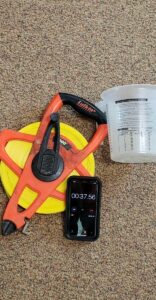
Interactive Pesticide Training
Interactive Pesticide Training March 22, 2024 | 10:00 a.m. – 12:00 p.m. The North Carolina Cooperative Extension Service of Johnston County …



Johnston County Center will be closed tomorrow, Thu 11/27/2025 for the holiday.
El inglés es el idioma de control de esta página. En la medida en que haya algún conflicto entre la traducción al inglés y la traducción, el inglés prevalece.
Al hacer clic en el enlace de traducción se activa un servicio de traducción gratuito para convertir la página al español. Al igual que con cualquier traducción por Internet, la conversión no es sensible al contexto y puede que no traduzca el texto en su significado original. NC State Extension no garantiza la exactitud del texto traducido. Por favor, tenga en cuenta que algunas aplicaciones y/o servicios pueden no funcionar como se espera cuando se traducen.
Inglês é o idioma de controle desta página. Na medida que haja algum conflito entre o texto original em Inglês e a tradução, o Inglês prevalece.
Ao clicar no link de tradução, um serviço gratuito de tradução será ativado para converter a página para o Português. Como em qualquer tradução pela internet, a conversão não é sensivel ao contexto e pode não ocorrer a tradução para o significado orginal. O serviço de Extensão da Carolina do Norte (NC State Extension) não garante a exatidão do texto traduzido. Por favor, observe que algumas funções ou serviços podem não funcionar como esperado após a tradução.
English is the controlling language of this page. To the extent there is any conflict between the English text and the translation, English controls.
Clicking on the translation link activates a free translation service to convert the page to Spanish. As with any Internet translation, the conversion is not context-sensitive and may not translate the text to its original meaning. NC State Extension does not guarantee the accuracy of the translated text. Please note that some applications and/or services may not function as expected when translated.
Collapse ▲
Interactive Pesticide Training March 22, 2024 | 10:00 a.m. – 12:00 p.m. The North Carolina Cooperative Extension Service of Johnston County …
This article may be considered lengthy by some folks, but it will only cost you a little time. However, …

North Carolina A&T Small Farms Week is coming up in a couple of weeks! This is a great opportunity …
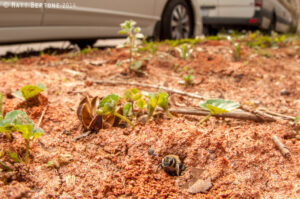
As the weather warms up, insects and other animals are becoming more active. I wrote the other day about …

A recent analysis of 877 entries into the NC Soybean Yield Contest indicated that foliar fungicide use was a …

It’s feeling a lot like spring out there! As the warm weather bring feelings of joy from longer days …
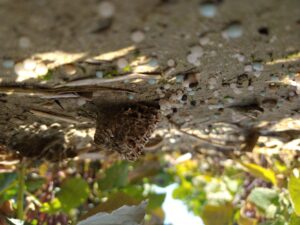
The Russia / Ukraine conflict is an ongoing story and it is too early to clearly predict the consequences …
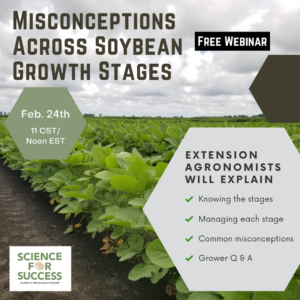
In this webinar Extension specialists from across the US speak for a few minutes on each growth stage (20 …
This article may be considered lengthy by some folks, but it will only cost you a little time. However, …
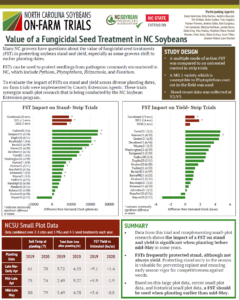
As growers shift to using earlier soybean planting dates as a mechanism to increase soybean yield, questions arise about …

Soybean planting date and maturity group (MG) are important management considerations for soybean production in North Carolina. A recent analysis …
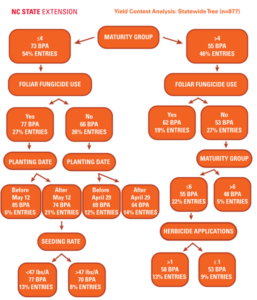
The North Carolina Soybean Yield Contest (SYC) has been conducted for decades to recognize growers who are achieving high …
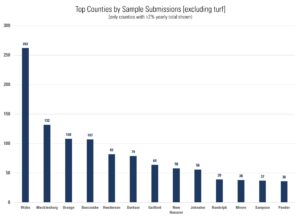
Last year (2021) was a busy one for us at the Plant Disease and Insect Clinic (PDIC). It was …

Join our free webinar “Misconceptions Across Soybean Growth Stages” on Thursday, February 24, 2022 from noon to 1 p.m. We …
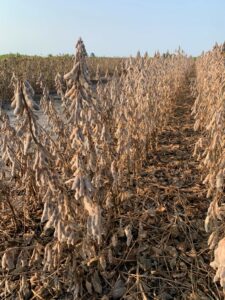
The 2021 North Carolina Soybean Yield Contest results are available. This press release summarizes the 2021 North Carolina Soybean Yield …
2022 Winter County Production Meetings for Cotton The 2022 meeting season is upon us. We currently have several cotton production …
The How Much N Does a Corn Crop Really Need? Forsyth, Stokes, Surry, Yadkin Tim Hambrick, Ag Ext Agent November 15, 2021 Nitrogen …
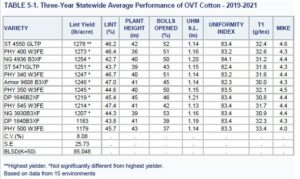
Results from 2021 averaged over locations: 2021 Cotton Statewide Table with exp 3-year average performance of cotton varieties: 2021 Cotton Three Year …
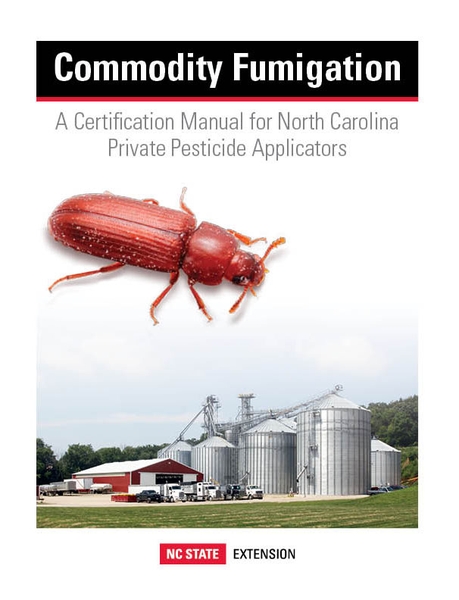
This manual provides guidance tailored for North Carolina's non-commercial pesticide applicators using fumigants in commodity …

Grapevines require 16 essential nutrients for normal growth and development (Table 9.1). Carbon, hydrogen, and …
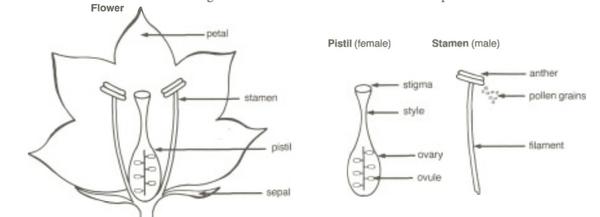
This guide presents basic facts about seeds, including how they develop, how to store and …

This Soybean Nutrient Deficiency Information factsheet describes the symptoms and management of boron deficiency in …
This Soybean Nutrient Deficiency Information factsheet describes the symptoms and management of zinc deficiency in …

This Soybean Nutrient Deficiency Information factsheet describes the symptoms and management of molybdenum deficiency in …

This Soybean Nutrient Deficiency Information factsheet describes the symptoms and management of aluminum toxicity in …

This Soybean Nutrient Deficiency Information factsheet describes the symptoms and management of sulfur deficiency in …